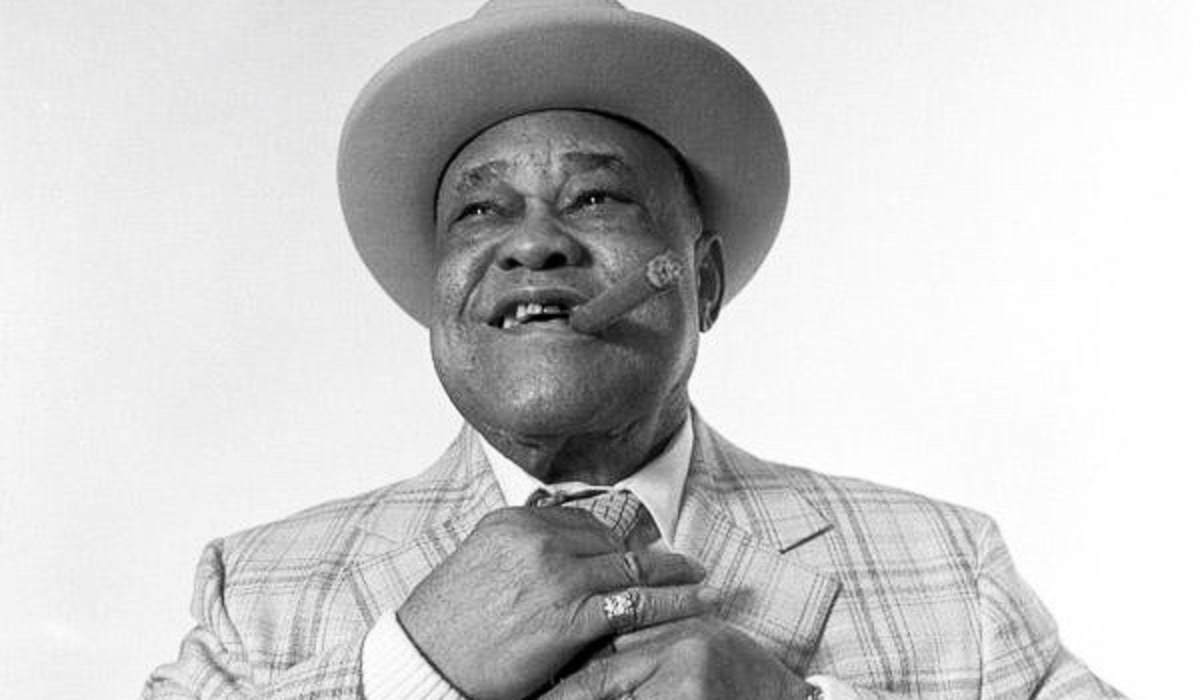Roosevelt Sykes, known as “The Honeydripper,” was a pioneering blues musician whose boogie-woogie piano playing and distinctive vocal style made him a key figure in the evolution of the genre. Active from the 1920s to the 1980s, Sykes left behind a remarkable legacy of recordings that continue to influence blues and rock musicians alike. Here are five of his best songs that showcase his immense talent and lasting impact.
1. “44 Blues” (1929)
One of Roosevelt Sykes’ most famous and enduring songs, “44 Blues” became a blues standard covered by numerous artists over the decades. The song’s rolling piano riff, combined with Sykes’ emotive singing, makes it a standout in the blues repertoire. The lyrics tell the story of a troubled man referencing a .44 caliber revolver, a common theme in early blues music. This song established Sykes as a master of boogie-woogie and storytelling.
2. “Driving Wheel” (1955)
“Driving Wheel” is another classic blues number that solidified Sykes’ reputation as a premier blues pianist and vocalist. With its infectious rhythm and heartfelt lyrics about lost love and longing, the song resonated with audiences and has been covered by artists such as Junior Parker and Al Green. The song’s title metaphorically represents movement and perseverance, reflecting Sykes’ own resilience in the music industry.
3. “Honeydripper” (1941)
This song not only became one of Roosevelt Sykes’ signature pieces but also earned him his famous nickname, “The Honeydripper.” The track is an upbeat, joyful boogie-woogie tune that highlights Sykes’ ability to blend humor with masterful piano work. Its playful and flirtatious lyrics, along with an irresistible rhythm, made it a favorite among blues and jazz fans alike.
4. “Night Time Is the Right Time” (1937)
Before Ray Charles made it famous, Roosevelt Sykes recorded an early version of “Night Time Is the Right Time.” His original recording captures the deep emotional intensity of the blues, emphasizing themes of love and desire. Sykes’ smooth piano playing and soulful delivery set the foundation for later renditions of the song, showcasing his influence on the genre’s evolution.
5. “Ice Cream Freezer Blues” (1950)
A lesser-known but equally captivating tune, “Ice Cream Freezer Blues” displays Sykes’ wit and ability to turn everyday situations into compelling blues narratives. The song features his signature boogie-woogie piano style, complemented by his charismatic vocals. The clever lyrics and energetic instrumentation make it a delightful example of Sykes’ versatility and artistry.
Conclusion
Roosevelt Sykes’ contributions to blues music remain significant, with his influence reaching across multiple generations of musicians. His unique combination of storytelling, piano virtuosity, and vibrant personality cemented his place as one of the greats in blues history. Whether through the haunting melodies of “44 Blues” or the upbeat swing of “Honeydripper,” Sykes’ music continues to captivate audiences and keep the spirit of the blues alive.


Comments are closed